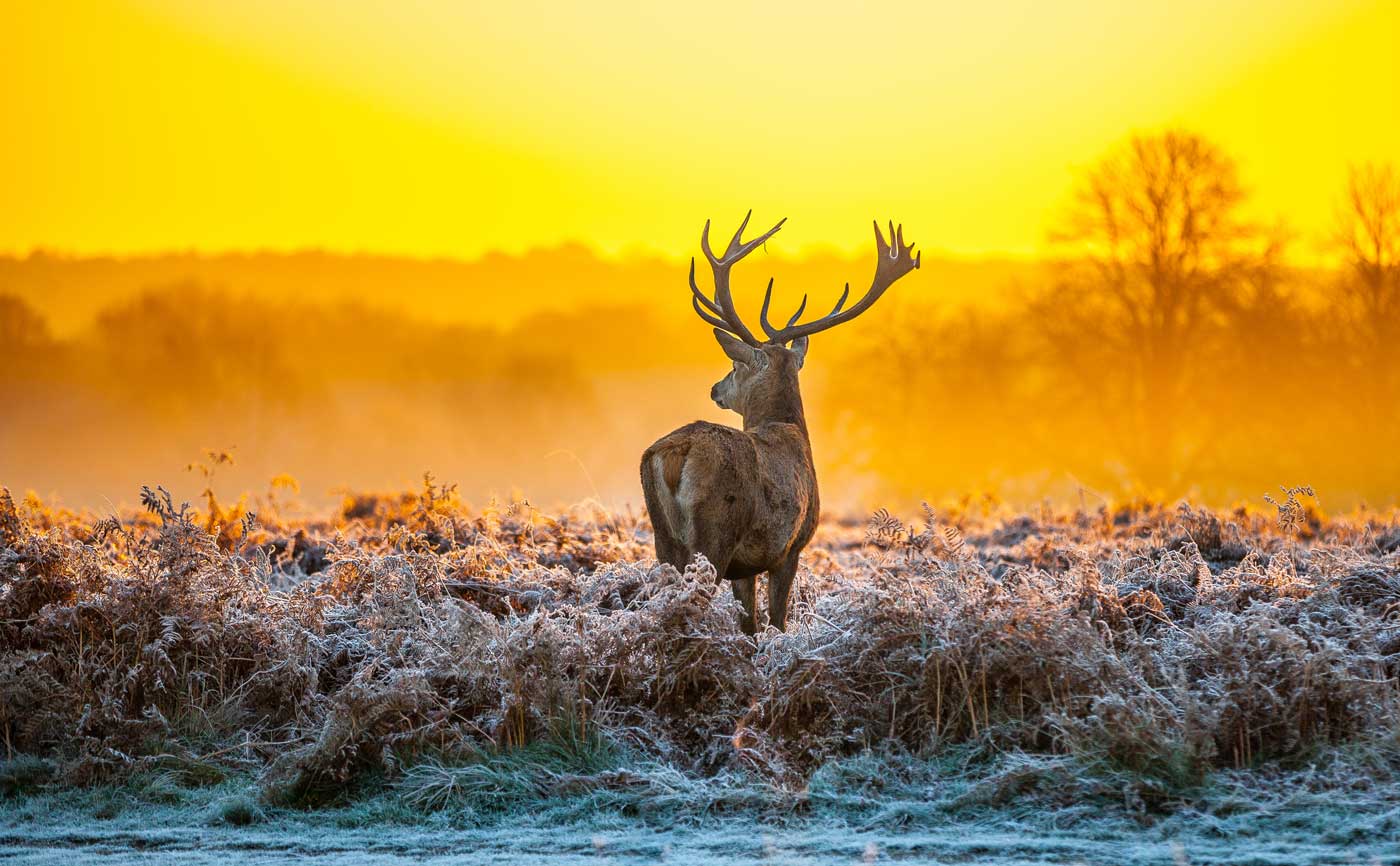The Netherlands has a lot of natural diversity for a tiny country, and since the 1930s, national parks have sprung up all over the place. The parks are all assets for the community, and the Dutch government or environmental organizations operate visitor centers in each park (Staatsbosbeheer). These can serve as your starting point for enduring days spent biking, hiking, or sailing. Here are top national parks in The Netherlands for your wild adventure, such as Veluwezoom, Hoge Veluwe, Zuid-Kennemerland.
Veluwezoom National Park
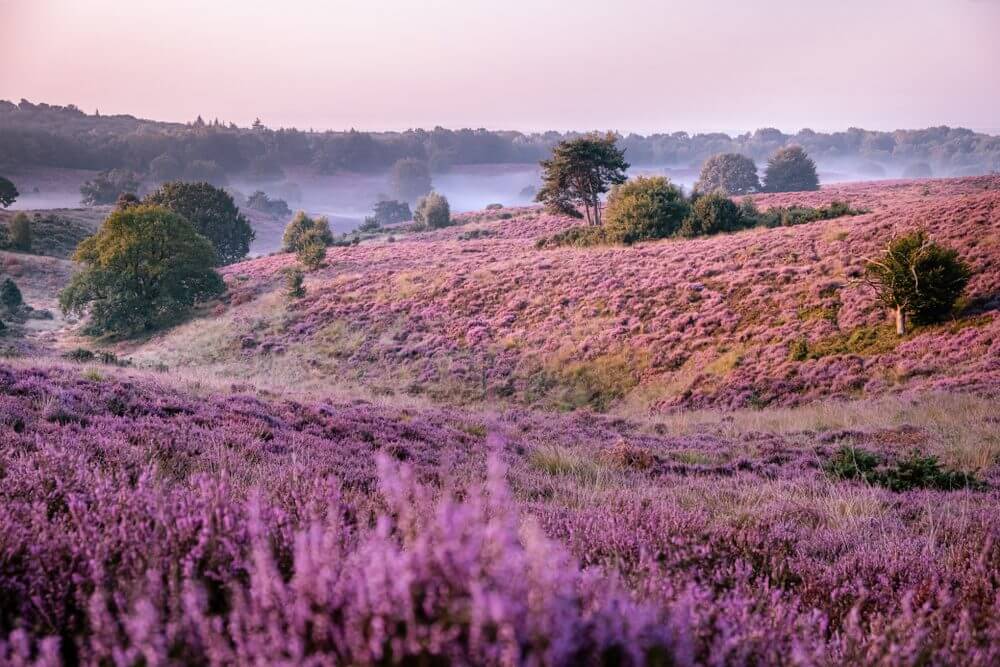
On the southern edge of the Veluwe, the Netherlands’ first national park was established in 1931. The Veluwezoom, one of the hilly parks on this list, rises up to 110 meters above sea level. These peaks were created by pushed moraines that were carved 150,000 years ago during the Saalian Glaciation.
The Posbank, which lies 90 meters above the park and offers a stirring perspective when the heather’s purple flowers are in bloom, offers the best view. Expansive country estates occupy the park’s southern section outside of Arnhem. On the walking route between Henrikhuizen and Veluwezoom, you can stop at two, Heuven and Beekhuizen.
When the red deer are in the Veluwezoom park during the autumn, when they are mating, you can go to dedicated observation posts to hear the males yelling to lure a partner.
Dunes of Texel National Park
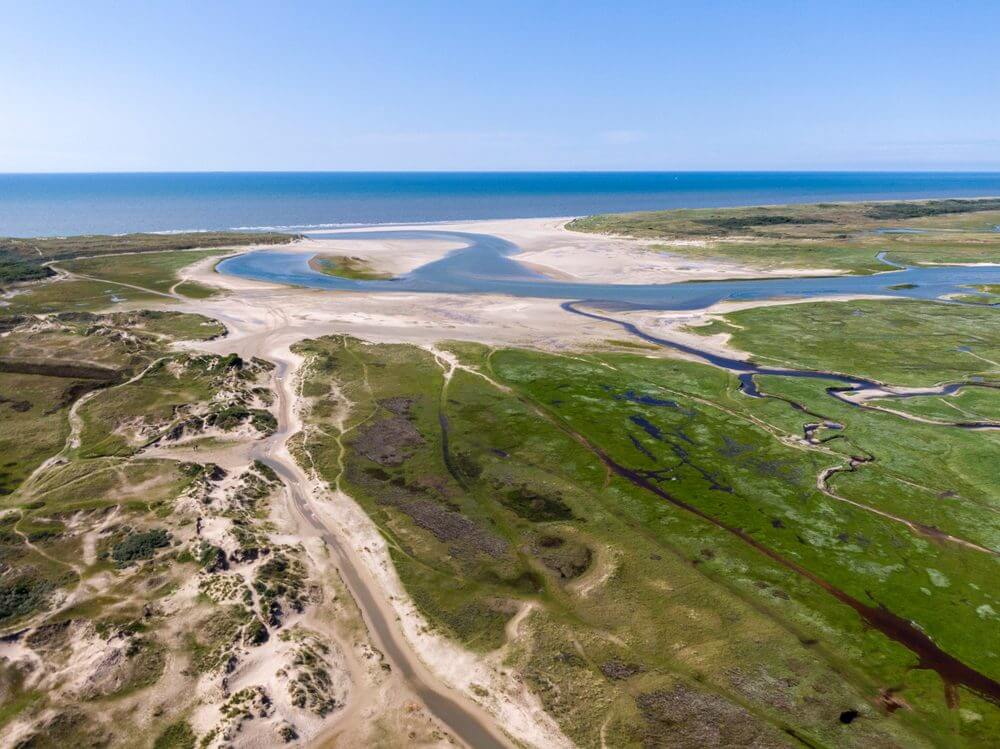
The entire west coast of Texel, an island in the Wadden Sea, is a beautifully diverse protected area.
In addition to “De Slufter,” the park also has a beach, dunes, heath, and woods. This is a flooded dune valley with direct access to the North Sea and is home to a wide variety of bird species.
Spoonbills and common eiders are among them. The spectacle changes with the tide and other waders come when the water is high.
The park’s visitor center is at the top-notch Ecomare center, which combines a museum, dune park, bird sanctuary, and refuges for porpoises and seals. This is where you can gain your bearings in this rich setting.
The Texel National Park has colored-coded walking paths (green, red, yellow, and blue), with the green paths off-limits during the time when birds breed.
Zuid-Kennemerland National Park
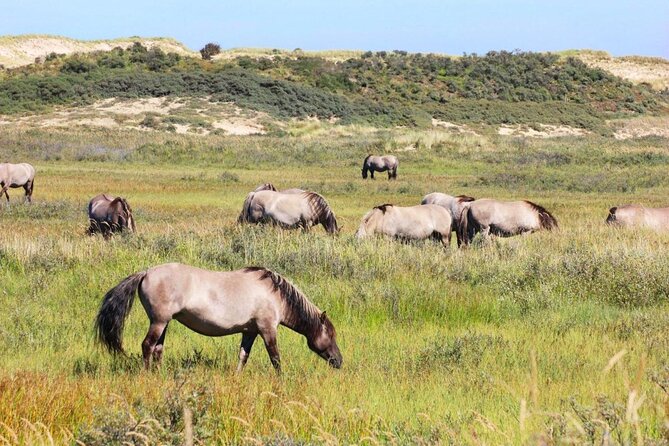
Zuid-Kennemerland is a coastal region in North Holland where many Amsterdamers go to experience the wind in their hair and sand between their toes.
A fascinating dunescape that was established by wealthy Amsterdam residents in the 17th century sits just inside the shoreline.
They constructed sumptuous estates here for hunting, and the State Forestry Department is in charge of three of them: Middenduin, Elswout, and Duinvliet (Staatsbosbeheer). The tourist center, which has information on cycling and trekking in the dunes, as well as an exhibition about the local species that thrive, is located at the Koevlak entrance.
You can rent bikes there, and while riding, you’ll pass some of the numerous bunkers built in the sand during the Second World War.
Do you know 7 reasons why Efteling Park becomes the Disneyland of the Netherlands
Hoge Veluwe National Park
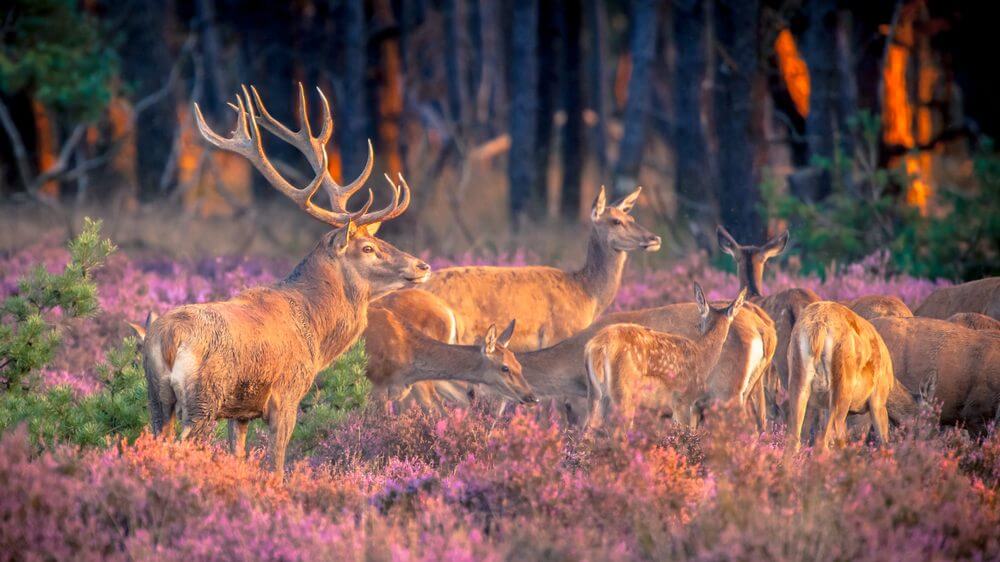
This 5,400-hectare area of woods, dunes, and heathland in the province of Gelderland offer both natural and cultural joys. The Hoge Veluwe, the greatest lowland natural landscape in Northwest Europe, is preserved by the park to the extent of around 5%.
It’s a cyclist’s paradise, with bike racks placed throughout the park and at the Otterlo, Schaarsbergen, and Hoenderloo entrances. There, you can ride a free white bicycle on more than 40 kilometers of tracks. Every month, the visitor center organizes safaris and a nocturnal nature-spotting expedition where you’ll sleep under the stars, making sure no detail is overlooked.
The best museum, however, is the lakefront Kröller-Müller Museum, which has the world’s biggest private collection of Van Gogh paintings as well as works by other Pointillists like Seurat, Signac, and Henri Edmund-Cross and a fantastic sculpture park.
De Alde Feanen
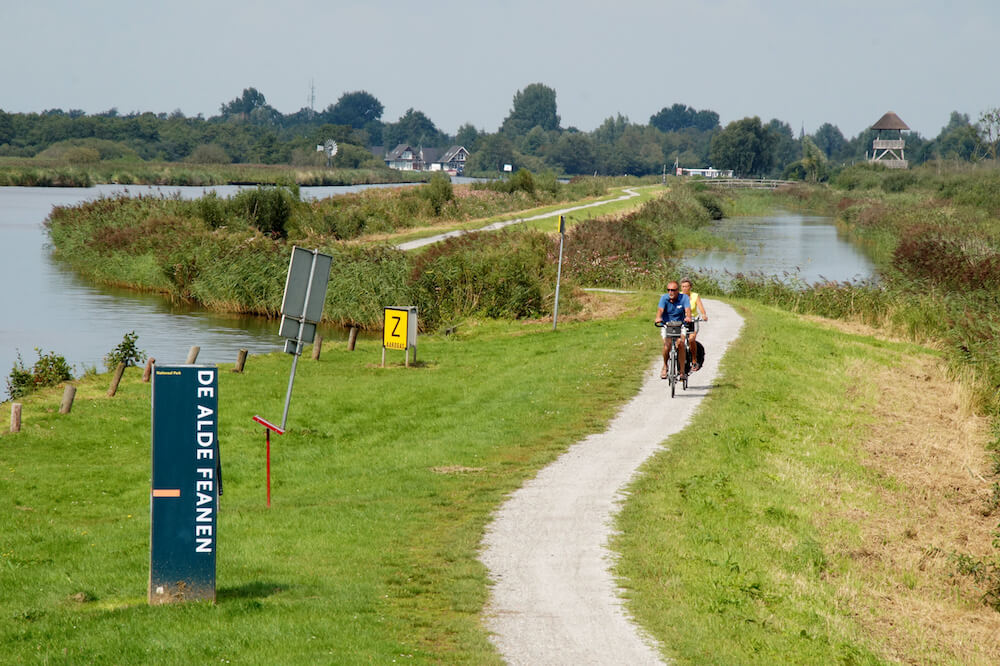
The Alde Feanen National Park, a remarkable fenland region in Friesland, encompasses 4,000 hectares of lakes, peat bog, and grassland between Leeuwarden and Heerenveen.
With over 500 plant species, many of which are orchids, and more than 100 species of nesting birds, there is a genuine bounty for nature enthusiasts. The marshes have a spectacular early spring migration of thousands of waders, including godwits, ruffs, and curlews. The stork season is in the summer, and poles have been set up to allow this species to construct nests. There are Shetland pony paddocks in the meadows, some of which you can pet.
Don’t miss the opportunity to view the park from the water; you can do this in a speedboat, canoe, dinghy, or rowboat, or you can let a cruise captain take the helm.
Meinweg
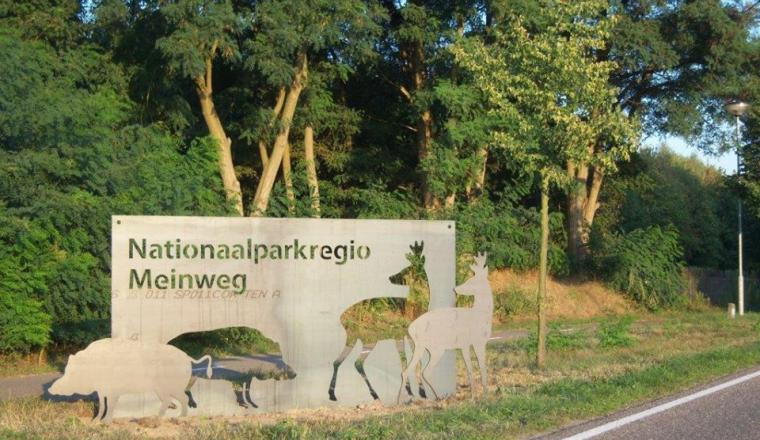
The large Maas-Schwalm-Nette Nature Park, which spans the German border, includes the steep Meinweg National Park in southern Limburg. The terraced terrain of Meinweg, which is unusual for the Netherlands, is made up of three plateaus, with the tallest reaching 80 meters above sea level.
These terraces were created by earthquakes throughout history and sediments from the Rhine and Meuse Rivers. You may complete each of the three walking paths in the park—blue, white, and red—in around three hours. You can explore these pathways through woodlands, over heaths, and next to ponds and streams.
Throughout the year, the Staatsbosbeheer tourist center offers guided excursions to view the heather bloom in the summer and find rare mushrooms in the fall.
Explore more 7 Wonderful Things About Giethoorn, Netherlands You Did Not Know
Lauwersmeer
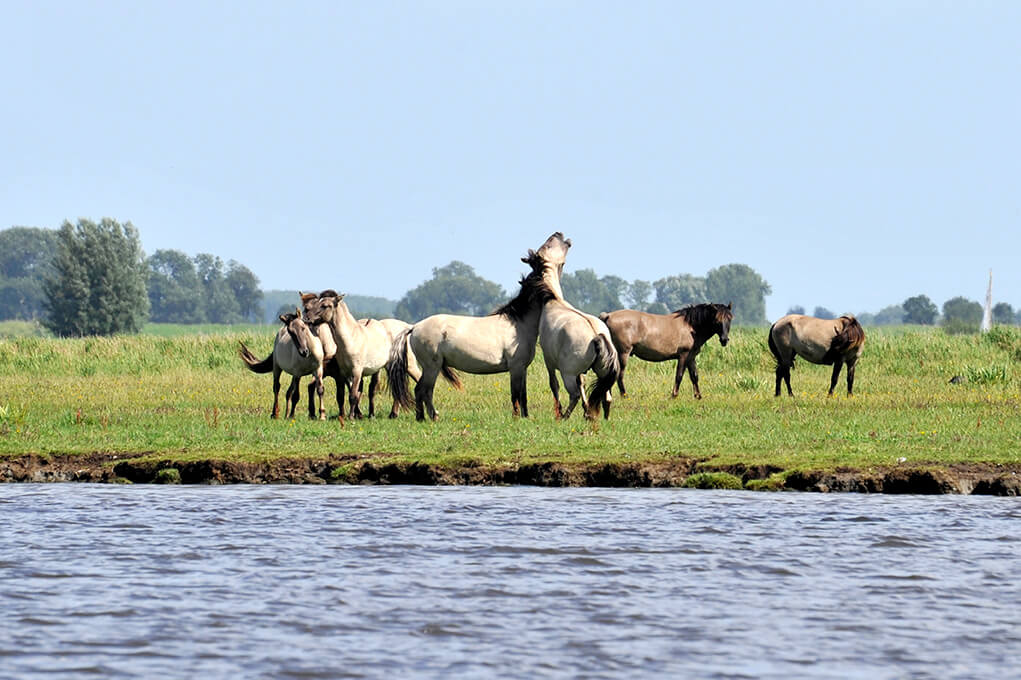
The Lauwersmeer is a man-made lake that was created in 1969 when a dike was built between the Lauwerszee Bay and the Wadden Sea in the provinces of Friesland and Groningen. Walkers and cyclists can travel through reedbeds and over orchid-filled meadows where highland cattle and konik horses live in semi-wild conditions.
However, the focus in Lauwersmeer is on the birds. There is no better time to observe birds than in the Netherlands’ autumn and spring, when you may marvel at the tens of thousands of barnacle geese swarming the air.
On their lengthy migrations, spoonbills and pied avocets also pass through. But in addition to being a nesting area, the Lauwersmeer is also a haven for bluethroats, bearded reedlings, Montagu’s harriers, and red-necked phalaropes.
To allow you to observe these birds without disturbing them, special tents have been constructed. Lauwersmeer is also a designated Dark Sky Park, providing excellent stargazing due to the lack of light pollution.
